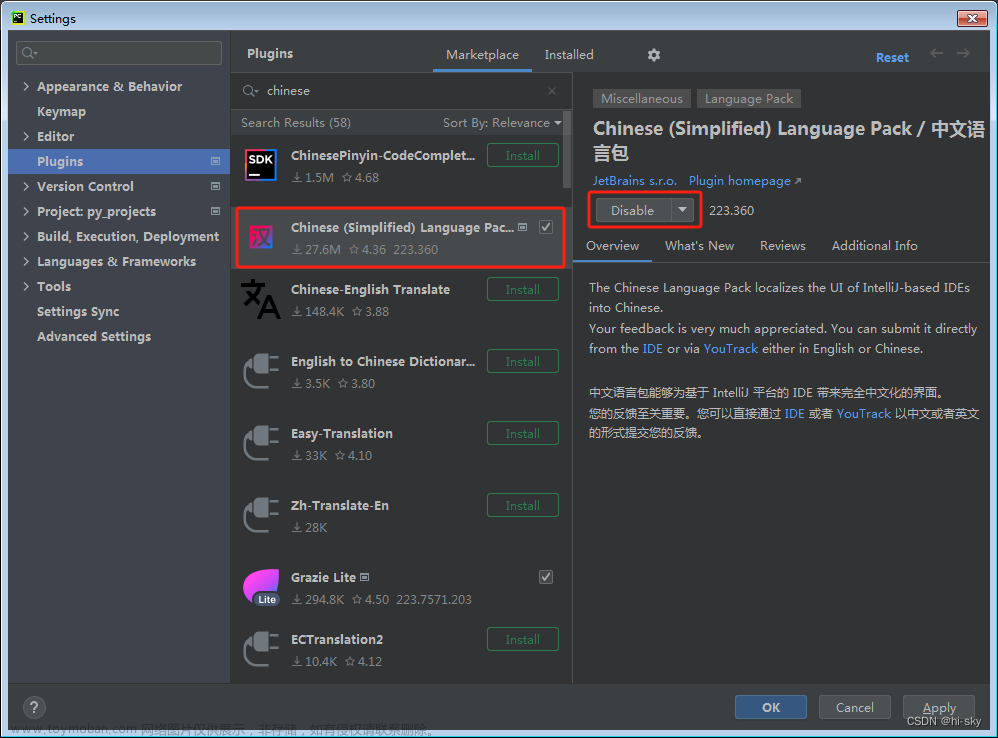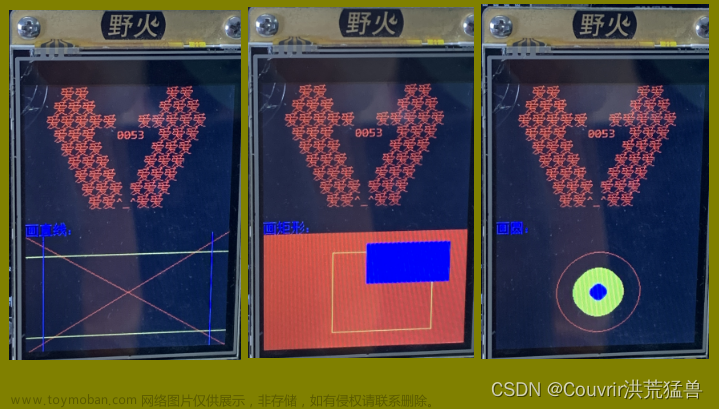算法题 1: 数组和字符串
Q: How would you find the first non-repeating character in a string?
问:你如何找到字符串中的第一个不重复字符?
Explanation: Use a hash table to store the count of each character, then iterate through the string to find the first character with a count of one.
解释: 使用哈希表存储每个字符的计数,然后遍历字符串找到计数为一的第一个字符。
function findFirstNonRepeatingChar(string):
charCount = {}
for char in string:
if char in charCount:
charCount[char] += 1
else:
charCount[char] = 1
for char in string:
if charCount[char] == 1:
return char
return null
算法题 2: 链表
Q: How do you reverse a singly linked list without using extra space?
问:你如何在不使用额外空间的情况下反转一个单链表?
Explanation: Iterate through the list and reverse the links between nodes.
解释: 遍历列表并反转节点之间的链接。
function reverseLinkedList(head):
previous = null
current = head
while current is not null:
nextTemp = current.next
current.next = previous
previous = current
current = nextTemp
return previous
算法题 3: 树和图
Q: What is a depth-first search (DFS) and how would you implement it for a graph?
问:什么是深度优先搜索(DFS)?你将如何为一个图实现它?
Explanation: DFS is an algorithm for traversing or searching tree or graph data structures. It starts at the root and explores as far as possible along each branch before backtracking.
解释: DFS是一种用于遍历或搜索树或图数据结构的算法。它从根开始,沿每个分支尽可能深入地探索,然后回溯。
function DFS(node, visited):
if node is in visited:
return
visited.add(node)
for each neighbor in node.neighbors:
DFS(neighbor, visited)
算法题 4: 排序和搜索
Q: Describe how quicksort works and mention its time complexity.
问:描述快速排序是如何工作的,并提及其时间复杂度。
Explanation: Quicksort works by selecting a ‘pivot’ element from the array and partitioning the other elements into two sub-arrays, according to whether they are less than or greater than the pivot. The sub-arrays are then sorted recursively.
解释: 快速排序通过从数组中选择一个“基准”元素,并根据其他元素是小于还是大于基准,将它们划分为两个子数组。然后递归地排序这些子数组。
function quicksort(array, low, high):
if low < high:
pivotIndex = partition(array, low, high)
quicksort(array, low, pivotIndex - 1)
quicksort(array, pivotIndex + 1, high)
Time Complexity: Average case is O(n log n), worst case is O(n^2).
时间复杂度: 平均情况是O(n log n),最坏情况是O(n^2)。
算法题 5: 动态规划
Q: How would you solve the knapsack problem using dynamic programming?
问:你将如何使用动态规划解决背包问题?
Explanation: Create a 2D array to store the maximum value that can be obtained with the given weight. Fill the table using the previous computations.
解释: 创建一个二维数组来存储给定重量可以获得的最大值。使用之前的计算结果填充表格。
function knapsack(values, weights, capacity):
n = length(values)
dp = array of (n+1) x (capacity+1)
for i from 0 to n:
for w from 0 to capacity:
if i == 0 or w == 0:
dp[i][w] = 0
elif weights[i-1] <= w:
dp[i][w] = max(values[i-1] + dp[i-1][w-weights[i-1]], dp[i-1][w])
else:
dp[i][w] = dp[i-1][w]
return dp[n][capacity]
算法题 6: 数学和统计
Q: How do you compute the square root of a number without using the sqrt function?
问:如何在不使用 sqrt 函数的情况下计算一个数的平方根?
Explanation: Use a numerical method like Newton’s method to approximate the square root.
解释: 使用牛顿法等数值方法来近似计算平方根。
function sqrt(number):
if number == 0 or number == 1:
return number
threshold = 0.00001 # Precision threshold
x = number
y = (x + number / x) / 2
while abs(x - y) > threshold:
x = y
y = (x + number / x) / 2
return y
算法题 7: 并发编程
Q: Explain how you would implement a thread-safe singleton pattern in Java.
问:解释你将如何在Java中实现一个线程安全的单例模式。
Explanation: Use the initialization-on-demand holder idiom, which is thread-safe without requiring special language constructs.
解释: 使用初始化需求持有者惯用法,它在不需要特殊语言构造的情况下是线程安全的。
public class Singleton {
private Singleton() {}
private static class LazyHolder {
static final Singleton INSTANCE = new Singleton();
}
public static Singleton getInstance() {
return LazyHolder.INSTANCE;
}
}
算法题 8: 设计问题
Q: How would you design a system that scales horizontally?
问:你会如何设计一个可以水平扩展的系统?
Explanation: Design the system to work with multiple instances behind a load balancer, use stateless services, and distribute the data across a database cluster.
解释: 设计系统使其能够在负载均衡器后面使用多个实例,使用无状态服务,并在数据库集群中分布数据。
// No specific code, but architectural principles:
- Use load balancers to distribute traffic.
- Implement microservices for scalability.
- Use a distributed database system.
- Employ caching and message queues to handle load.
算法题 9: 实用工具
Q: Write a function to check if a string is a palindrome.
问:编写一个函数检查字符串是否是回文。
Explanation: Compare characters from the beginning and the end of the string moving towards the center.
解释: 比较从字符串开始和结束向中心移动的字符。
function isPalindrome(string):
left = 0
right = length(string) - 1
while left < right:
if string[left] != string[right]:
return false
left += 1
right -= 1
return true
算法题 10: 编码实践
Q: How would you find all permutations of a string?
问:你如何找出一个字符串的所有排列?文章来源:https://www.toymoban.com/news/detail-857683.html
Explanation: Use backtracking to swap characters and generate all permutations.
解释: 使用回溯法交换字符并生成所有排列。文章来源地址https://www.toymoban.com/news/detail-857683.html
function permute(string, l, r):
if l == r:
print string
else:
for i from l to r:
swap(string[l], string[i])
permute(string, l+1, r)
swap(string[l], string[i]) // backtrack
到了这里,关于面试算法十问2(中英文)的文章就介绍完了。如果您还想了解更多内容,请在右上角搜索TOY模板网以前的文章或继续浏览下面的相关文章,希望大家以后多多支持TOY模板网!












